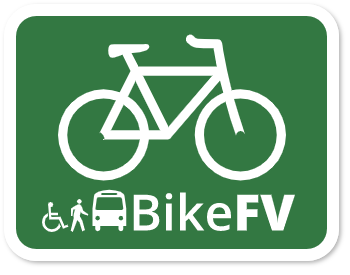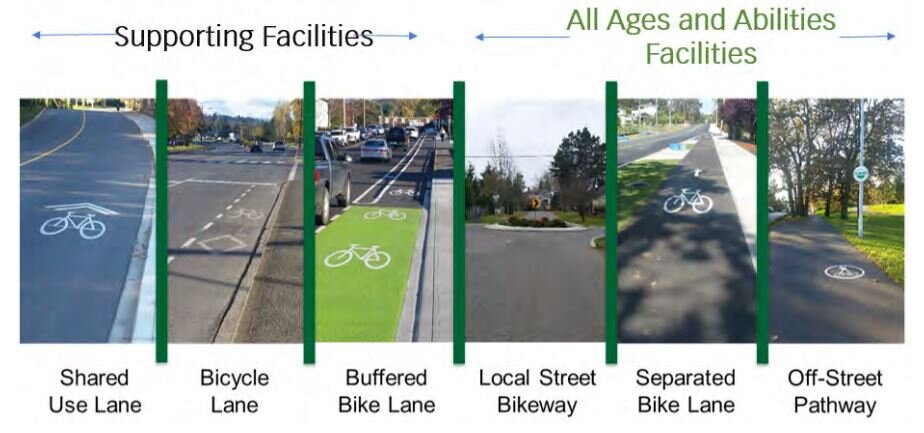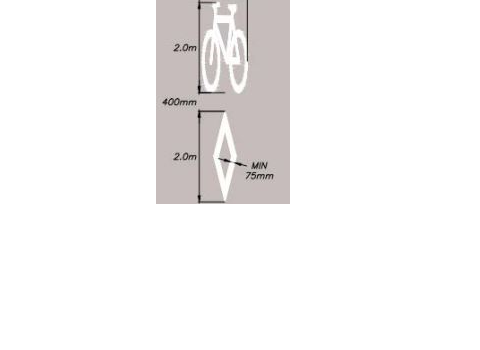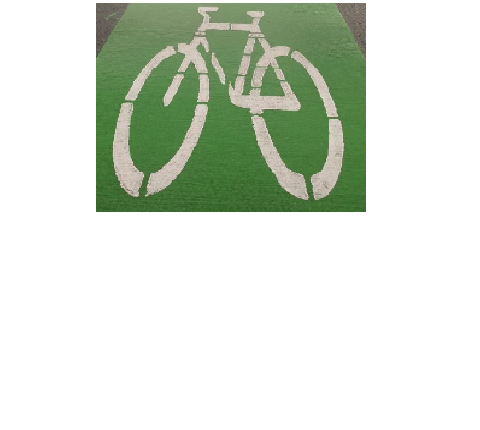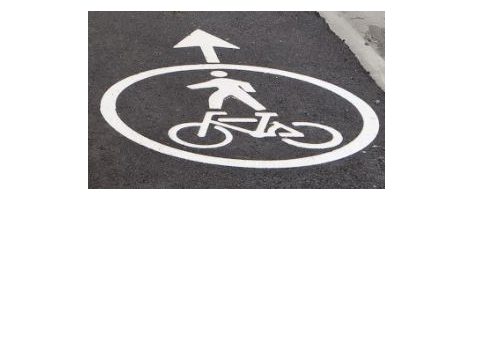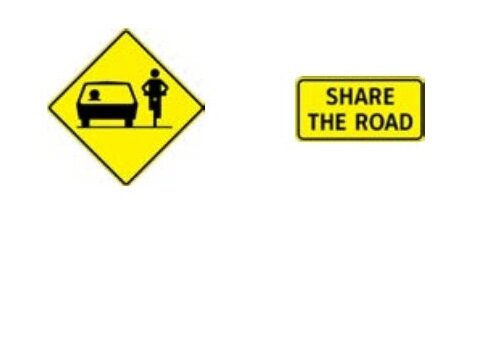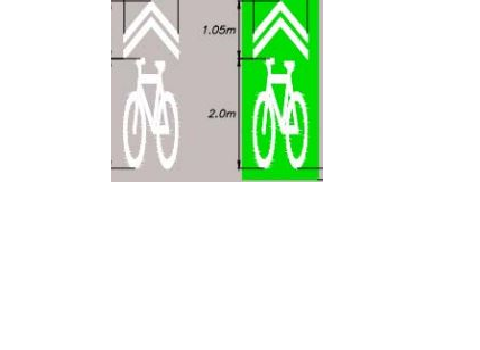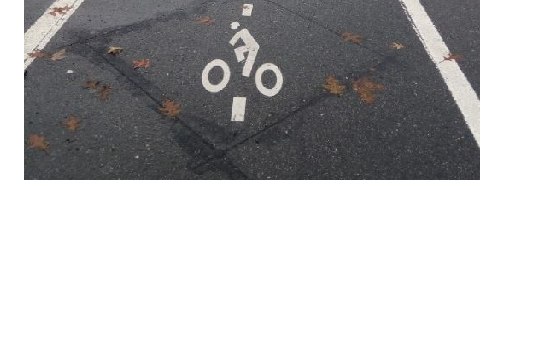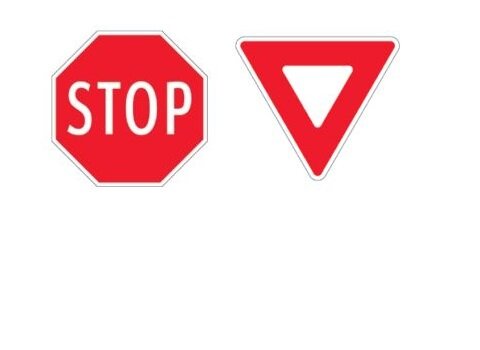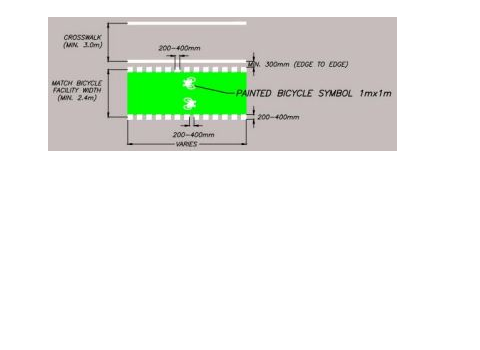Bike Infrastructure
Learn about types of bike facilities, road markings, signs & more
Type of Bike Facilities
Source: Transportation and Transit Master Plan COA
Signs & Road Markings
Shared Use Lane: Motorists & cyclists will share a lane, side by side or single file depending on conditions.
Bicycle Lane: With a diamond & bicycle symbol, this lane is restricted for use exclusively by cyclists. Without the diamond symbol, the shoulder is not restricted use & drivers may stop on it.
Buffered Bike Lane: Similar to a bicycle lane, but with the addition of a painted buffer separating the bicycle lane from the rest of the roadway.
Local Street Bikeway: A local street bikeway is a bike route made up of shared use lanes, typically on quieter neighborhood streets.
Separated Bike Lane: A separated bicycle lane is similar to the buffered bike lane, but with the addition of some sort of physical barrier in the buffer space. Separated bike lanes may also used parked vehicles to separate them from the rest of the roadway.
Off-Street Pathway: An off-street pathway or shared pathway is a facility that is typically shared between pedestrians and cyclists, away from the road. The Discovery Trail is an example of an off-street pathway.
Interacting with Traffic Signals
Sensors
Many traffic signals in Abbotsford are triggered when loops of wire in the asphalt detect the presence of metal above them. In some cases, these detectors are marked with a bicycle detector pavement marking. You should align your bicycle wheels with the white lines on this road marking. Remember there are delays built into the traffic signal phases, but if you find it not responding you may try leaning your bike over to bring the metal closer to the loop.
In the absence of the marking, you can typically identify the sensor loop by lines of black sealer on the asphalt. These may be in the shape of diamonds, circles, or rectangles. In certain locations a layer of asphalt may have been installed after the sensors & you may not be able to visually locate them.
A bicycle detector pavement marking, with the sensor loop installation visible by the presence of black sealer
In the case you can’t see the sensor location, remember their placement is fairly standard & remember where you saw them in relation other intersection elements. Typically they are a short distance behind the stop bar.
If you fail to trigger the traffic signal, you may consider dismounting and using the pedestrian crossing.
Pedestrian Signal
Some intersections with shared-pathways or separated bike facilities may intend for cyclists to cross with the pedestrian signal only. Unless a crosswalk is marked with elephant’s feet markings, cyclists must walk their bikes in the crosswalk.
Bicycle Push Buttons
Some intersections will be equipped with bicycle push buttons, typically installed on a post near the intersection. When pressed these will trigger the traffic signal.
See the BC Active Transportation Design Guide for more information about cycling facility design.
